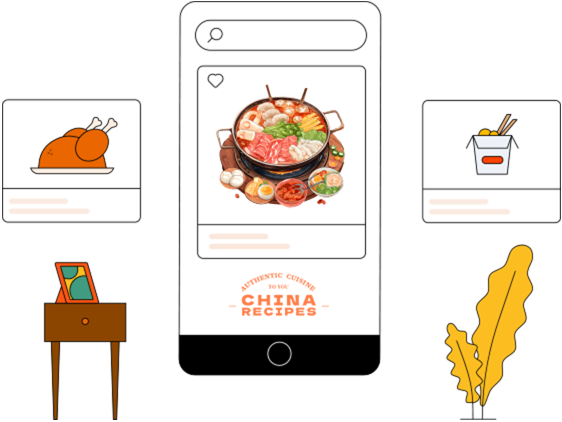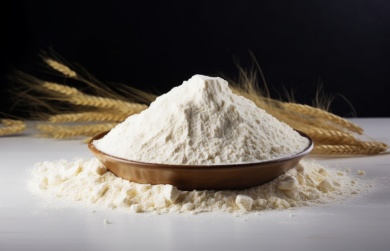Purple vs Yellow Potatoes: Understanding the Differences
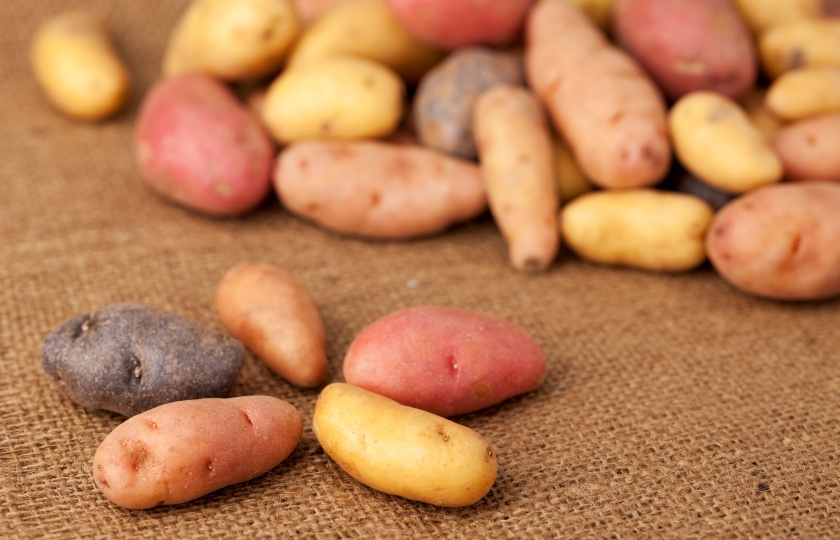
Every time you see purple potatoes and yellow potatoes, are you curious about the differences between them? The distinction between the two is not just their color; their taste and nutritional content also have their own unique features.
What is the difference between purple and yellow potatoes?
Color:
Purple potatoes have dark purple or light purple skin and flesh, which becomes even more noticeable when cooked. Their vibrant color adds a unique visual appeal to dishes.
Yellow potatoes have golden or light brown skin, and their flesh is creamy or light yellow. The color gives a warm, buttery feel, evoking comfort and warmth.
Texture:
Purple potatoes have a finer, softer texture when cooked, with a slightly sticky and sweet flavor. They're great for steaming, boiling, or in salads, where their natural sweetness shines.
Yellow potatoes, especially high-starch varieties, are fluffier with a dry, dense texture, making them ideal for mashed potatoes, fries, or dishes requiring a light, airy texture.
Nutritional Content:
Purple potatoes are rich in anthocyanins, a natural antioxidant that helps fight free radicals, promoting better health and slowing aging. They also contain high levels of vitamin C and minerals.
Yellow potatoes are high in beta-carotene, beneficial for eyesight and boosting the immune system. Both types have similar carbohydrate content and are good energy sources.
Uses:
Purple potatoes are perfect for dishes that require a visual pop, like purple potato salad or rainbow roasted vegetable platters. Their color holds up well during cooking, making them an attractive choice for adding color to the plate.
Yellow potatoes are more versatile and can be roasted, boiled, fried, or used in stews. Classic dishes like fries and creamy mashed potatoes are made with yellow potatoes.
Flavor Differences:
Purple potatoes are sweeter and have a natural fragrance, which works well with light seasonings to emphasize their distinct flavor.
Yellow potatoes have a more neutral taste, making them a great base for absorbing the flavors of various seasonings, making them a universal choice in cooking.
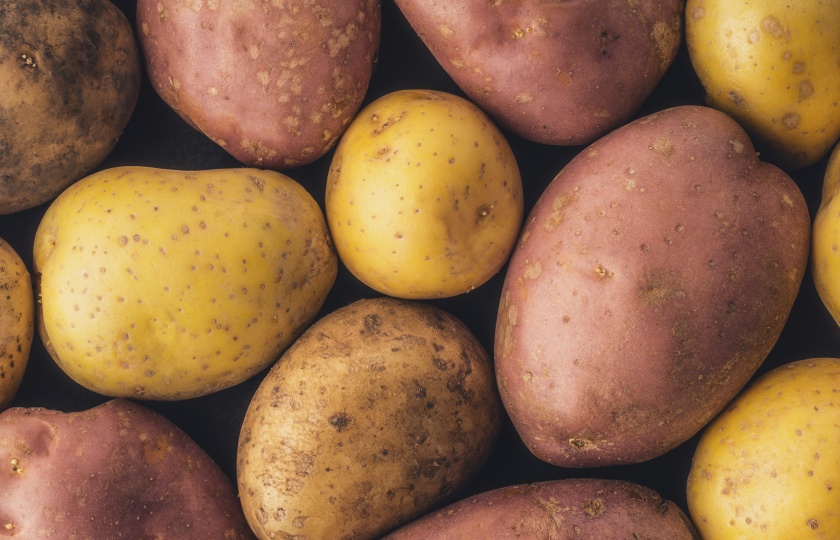
Can purple potatoes replace yellow potatoes in recipes?
Purple potatoes can replace yellow potatoes, but the outcome may vary depending on the dish. The vibrant color of purple potatoes and their ability to retain their deep purple hue when cooked make them perfect for dishes where appearance matters, like salads or roasted potatoes. However, for dishes like mashed potatoes or creamy soups that require a milky white color, purple potatoes might not be as suitable.
In terms of texture, purple potatoes are finer and more moist, making them ideal for steaming, boiling, or braising. However, if you're aiming for crispy fries or the fluffy texture typically found in mashed potatoes, purple potatoes might not perform as well. Flavor-wise, purple potatoes have a more pronounced sweetness, which works well in dishes with lighter seasoning, while yellow potatoes absorb heavy seasonings better.
From a nutritional standpoint, purple potatoes are rich in anthocyanins, offering stronger antioxidant properties. If you don't mind the color change and are looking for a nutritional boost, substituting with purple potatoes is a great choice.
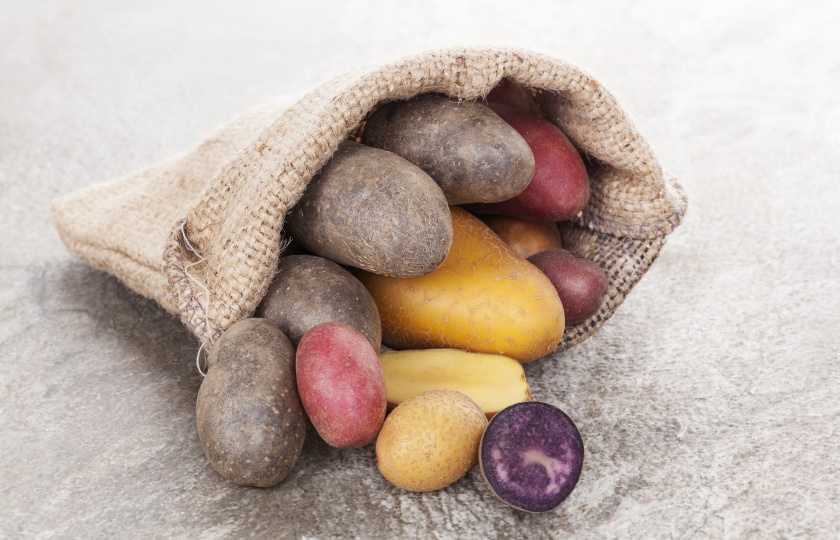
Do purple potatoes cook faster than yellow potatoes?
Purple potatoes and yellow potatoes have similar cooking times, but purple potatoes usually cook a bit faster. Their texture is finer, and they have slightly lower starch content, which makes them soften more quickly when heated.
The actual cooking time depends on the size and the way the potatoes are cut. Small pieces or thin slices of purple potatoes will cook faster than whole yellow potatoes. If the sizes are similar, purple potatoes might cook a minute or two faster.
It's a good idea to test with a fork from time to time while cooking. Once they're soft, take them out right away, as cooking them too long can result in an overly mushy texture.
What are purple potatoes best for?
Purple potatoes are best used in dishes that highlight their unique color and natural sweetness. Here are some common recommendations:
Purple Potato Salad: Cut purple potatoes into cubes and mix with fresh leafy greens, cherry tomatoes, and onions. Drizzle with lemon juice and olive oil for a refreshing taste and a striking color contrast. It makes a great cold dish or side.
Roasted Purple Potatoes: Cut purple potatoes into cubes, season with olive oil, sea salt, black pepper, and rosemary, then roast in the oven until the skin is slightly crisp and the interior is tender. This method brings out the natural sweetness of purple potatoes, with a rich fragrance. It pairs well as a side dish to a main course.
Steamed or Boiled Purple Potatoes: Steam or boil whole purple potatoes to preserve their original flavor, resulting in a delicate and smooth texture. A little butter or yogurt dressing can enhance the creamy flavor and balance the natural taste of the potatoes.
Purple Mashed Potatoes:After boiling the purple potatoes, mash them and season with butter, black pepper, and a pinch of salt to create a smooth, creamy texture. The vibrant purple color makes them visually striking, making them an excellent side dish for roasted chicken, steak, or other rich dishes.
Purple Potato Soup: Simmer purple potatoes with onions, garlic, and broth, then blend them into a creamy soup. The result is a silky texture and dreamy color. Adding a spoonful of yogurt or cream will enhance the aroma and balance the overall flavor.
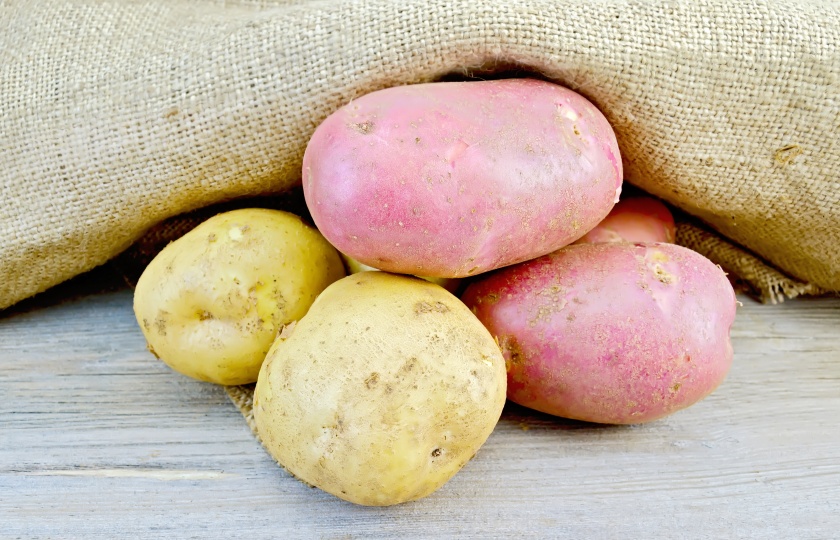
What are yellow potatoes best for?
Yellow potatoes, with their delicate texture and buttery flavor, are particularly suitable for the following dishes:
Mashed Potatoes: Yellow potatoes have a higher starch content, which makes them ideal for creating smooth, creamy mashed potatoes. When mixed with butter, cream, and a touch of salt, the result is a silky, rich dish that’s a classic side.
French Fries or Potato Chips: Yellow potatoes fry up with a crispy exterior and soft, fluffy interior, offering a natural sweetness. Whether for fries or chips, they achieve the perfect crunch. Adding rosemary or garlic powder during frying can elevate the flavor.
Baked Potatoes: Sliced or cubed yellow potatoes, when paired with cheese, butter, and cream, make for a delicious baked dish. The surface becomes slightly crisp, while the inside remains tender and flavorful, making it perfect as a main or side dish.
Stews or Soups: Yellow potatoes maintain their shape and don’t break apart easily during long cooking times, making them perfect for dishes like beef stew, chicken curry, or creamy potato soup. They absorb the broth, enhancing the depth of flavor.
Roasted Potatoes: Simply cut yellow potatoes into chunks, season with olive oil, sea salt, black pepper, and rosemary, and roast until golden and crispy on the outside with a soft interior. This simple seasoning highlights the potatoes' natural buttery flavor, making it an easy, quick dish.
Which potatoes are best for frying?
The best potatoes for frying are undoubtedly Idaho potatoes or russet potatoes, thanks to their high starch content and low moisture. These potatoes form the ideal crispy exterior while keeping the inside fluffy when fried.
Another good choice is Yukon Gold potatoes, which are versatile and can be used for a variety of cooking methods. The fries made from these potatoes have a slight creamy taste and a crispy exterior.
On the other hand, waxy potatoes (like red potatoes, new potatoes, or small potatoes) are not ideal for frying. They have high moisture and sugar content, which can cause fries to be soggy, not crispy, and prone to turning black too quickly. To achieve the perfect fries, it's best to avoid these types.





